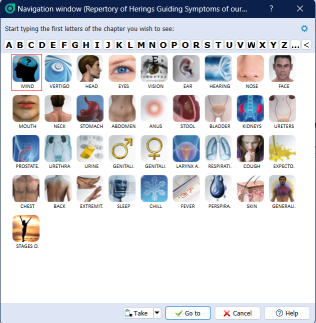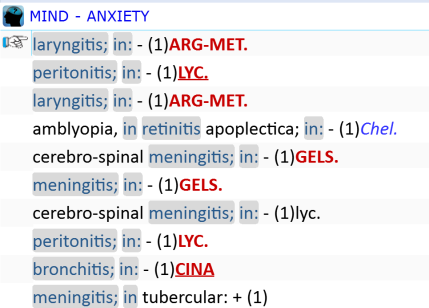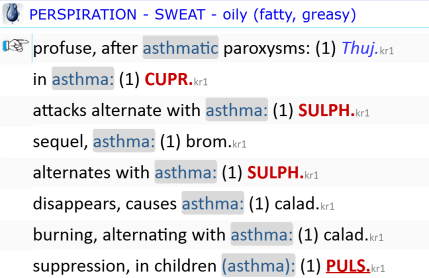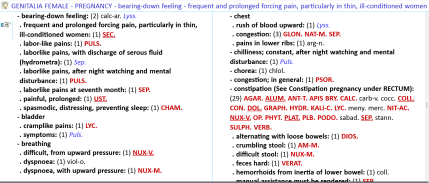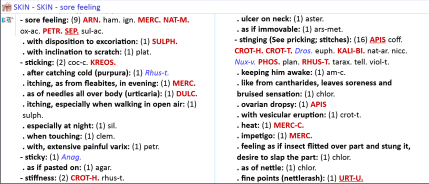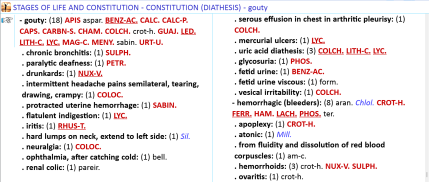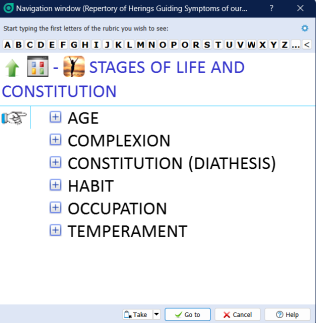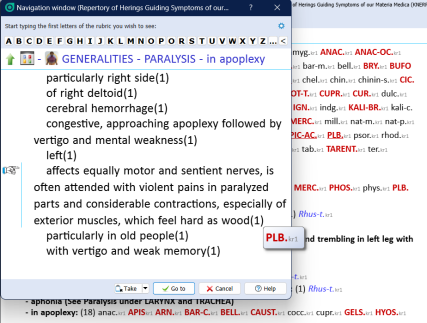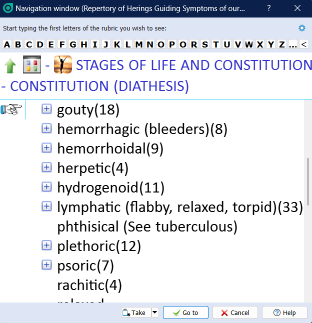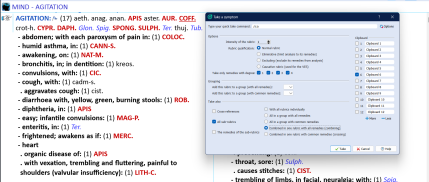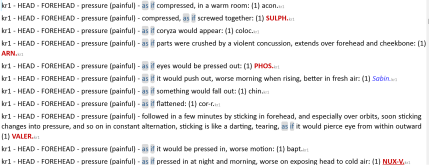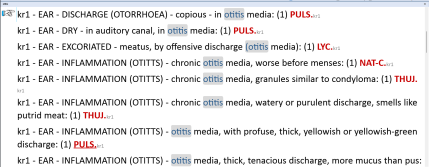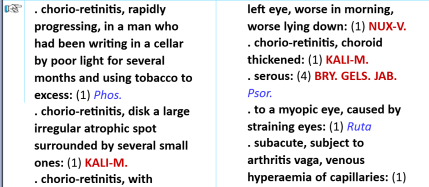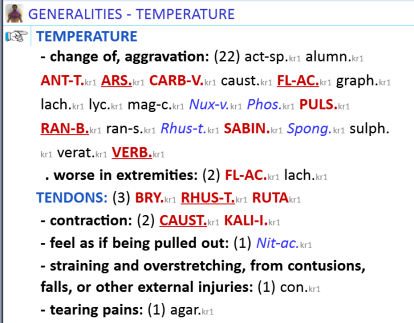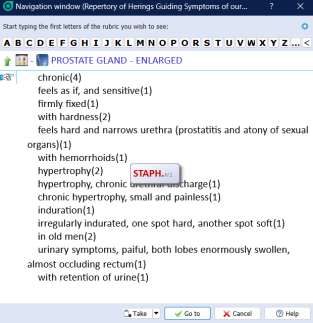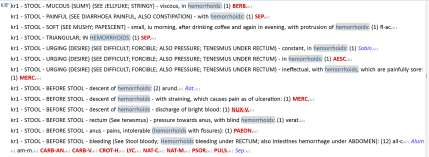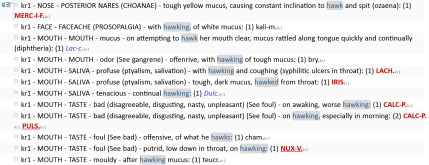Repertory of Hering's Guiding Symptoms of our Materia Medica
By Calvin Knerr MD
The long-awaited puritan repertory, painstakingly created over 5 years of Knerr's life!
An important work of epic proportions - it is a vast repertorial index of one of Homeopathy's most dependable and complete works - Hering's Guiding Symptoms
Introduction to Knerr's Repertory of Hering's Guiding Symptoms
Dr. Calvin Knerr spent 5 years compiling this concordance repertory* as an index to Hering's Guiding Symptoms. After painstaking labor, it was finally published in 1896. Unfortunately, until recently Knerr's Repertory never saw widespread use amongst Homeopaths. It has a very difficult structure to become familiar with in comparison to the accessible layout of Kent's repertory, which became the gold standard of repertories in America and worldwide.
 As a reference point for comparing remedies, Knerr's Repertory has long since occupied a niche position in the discerning Homeopath's toolkit. One of its USPs is that it combines pathogenic and clinical data and it even contains rubrics that cannot be located anywhere else in the literature. The RadarOpus version is the first to utilise the latest Sivaraman edition published by BJain which simplifies the chapter structure even more - reducing the number of chapters to 37 to follow Kent more closely. Therefore, the complexity and limitations of Knerr's repertory now become hugely simplified through the powerful search functions built into RadarOpus.
As a reference point for comparing remedies, Knerr's Repertory has long since occupied a niche position in the discerning Homeopath's toolkit. One of its USPs is that it combines pathogenic and clinical data and it even contains rubrics that cannot be located anywhere else in the literature. The RadarOpus version is the first to utilise the latest Sivaraman edition published by BJain which simplifies the chapter structure even more - reducing the number of chapters to 37 to follow Kent more closely. Therefore, the complexity and limitations of Knerr's repertory now become hugely simplified through the powerful search functions built into RadarOpus.
*Relating specifically to a reference text as closely as possible
"Concordance repertory belong to the Puritan group of repertories where the symptoms are given in their original form without much change. The concordance repertory is designed to enable the physician to find quickly and certainly any desired symptom in the materia medica together with the indicated remedy. The word "concordance" means a state of being of the same heart and mind, a harmony, a harmonious arrangement of the symptoms or Symptoms arranged in alphabetical order under each chapter. ie ABC arrangement. This word was first used in Homeopathy by Dr Boenninghausen in Therapeutic pocket book"
Dr Sandhya Rastogi, MD (HOM) Lecturer. Dr B R Sur Homoeopathic medical college & Hospital Govt. of NCT of Delhi
What is the USP of Knerr's Repertory of Guiding Symptoms and why should I learn another repertory?
As mentioned above, Knerr's Repertory contains rubrics you cannot find anywhere else! It is especially useful in cases where the pathology dominates and there is a paucity of useful generals or reliable mental/emotion symptoms.
You can search for a clinical diagnosis in conjunction with a broad mental symptom
- E.G. MIND - HOPELESS - colic, in - Ant-t

-
You can search for a clinical diagnosis alongside a particular physical symptom
-
You can find rare rubrics for many remedies
-
There are many clinical rubrics, including information relating to stage of life, gender and pathology
Tips and tricks on using Knerr's Repertory of Hering's Guiding Symptoms in practice
- Search the repertory for any pathology, condition or diagnosis to see at a glance which rubrics are available
- Search for the words 'as if' to see many subjective symptoms derived directly from the prover's language (a feature of puritan repertories)
- Search for a temperament or constitution
- Search for an organ or tissue affinity
- Search for a remedy's single remedy rubrics to see the full list of SRP symptoms in Knerr's repertory for that particular remedy
- Search e.g. for *itis or *gia - you will find all types of words ending in these letters
- Use F6 (Take and specify the options) to create larger super rubrics which utilise all the sub rubrics
- Tick the option 'Take all sub-rubrics - combined into one rubric with all remedies'





